Red
The Meanings of Red
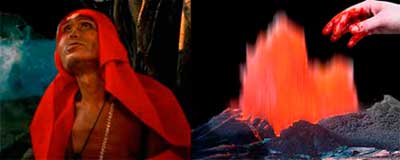
Red is the color of extremes. It’s the color of passionate love, seduction, violence, danger, anger, and adventure. Our prehistoric ancestors saw red as the color of fire and blood – energy and primal life forces – and most of red’s symbolism today arises from its powerful associations in the past.
Red is also a magical and religious color. It symbolized super-human heroism to the Greeks and is the color of the Christian crucifixion. Red was almost as rare and as expensive as purple in ancient days – a fact that may explain its magic and power. Paradoxically, today’s intense red dyes come from crushed insects (the lac beetle and the cochineal).
Global Meanings of Red
Red’s global similarities are significant:
Red is one of the top two favorite colors of all people.
Red is the most popular color used on flags in the world. Approximately 77% of all flags include red.
Red is the international color for stop.
Red districts sell sex and pornography in every European culture.
The history of languages reveals that red is the first color after black and white. (All languages have words for black and white. If a third hue exists, it is red.)
Unique Meanings of Red in Different Cultures
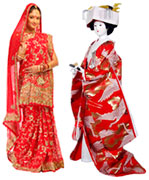
Red is the color of good luck in Asia and is the most popular color in China.
Most Japanese children draw the sun as a big red circle.
In East Asian stock markets, red is used to denote a rise in stock prices. (Note: In North American stock markets, red is used to denote a drop in stock prices.)
Red is an auspicious color for marriage. Brides in India and Nepal wear red saris; in Japan, a red kimono symbolizes happiness and good luck.
Designing with Red
All reds are not created equal. Aside from light and dark shades of red, there are two kinds of red:

Yellow-based reds are “tomato” reds. Blue-based reds are “berry reds.” Some say that males are more attracted to the tomato reds: females to the berry reds.

Context is everything when using red. For example, when red is place on a black background, it glows with an otherworldly fire; on a white background, red appears somewhat duller; in contrast with orange, red appears lifeless. Notice that the red square appears larger on black.
Regardless of how it is used in a design, a little bit of red goes a long way.
How Red Affects Vision

Red captures attention. It is one of the most visible colors, second only to yellow - which explains why it is used on fire engines and stop signs to trigger alertness.
Red focuses behind the retina which forces the lens grows more convex to pull it forward. Therefore, we perceive that red areas are moving forward. This may explain why red captures attention.
Note: Eight percent of the male population has a red-green color vision deficiency and cannot see red at all
Myths about Red
“They” claim that red raises your blood pressure and quickens your heartbeat. Yes, red is a strong color but its immediate effects are only temporary and do not apply to everyone.
Tidbits - Points to Ponder
In Russia, the word for "red" means beautiful.
More at Color Matters
Experience the magic of red! See the red square at Color & Vision Matters.
Also ...
Explore the meanings of more colors!
From Color Matters
Trustworthy color formulas for logos and branding
An eCourse from Jill Morton, Color Matters author & consultant.




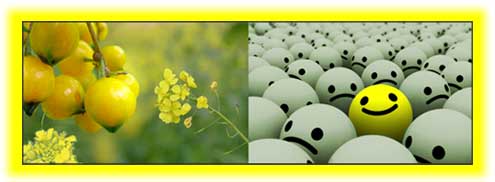




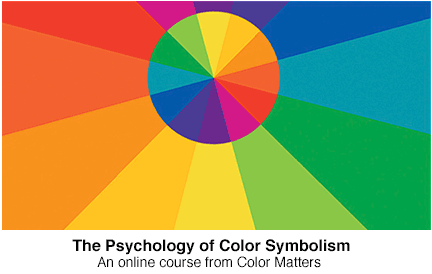


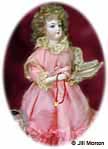 In almost every culture, one stereotype emerges: pink is associated with girls, blue with boys. Unfortunately, there is no consensus of opinion on its origin.
In almost every culture, one stereotype emerges: pink is associated with girls, blue with boys. Unfortunately, there is no consensus of opinion on its origin.

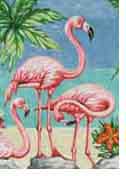 Finally, going back to the ancient Egypt, the flamingo was the hieroglyph for the color red.
Finally, going back to the ancient Egypt, the flamingo was the hieroglyph for the color red.



